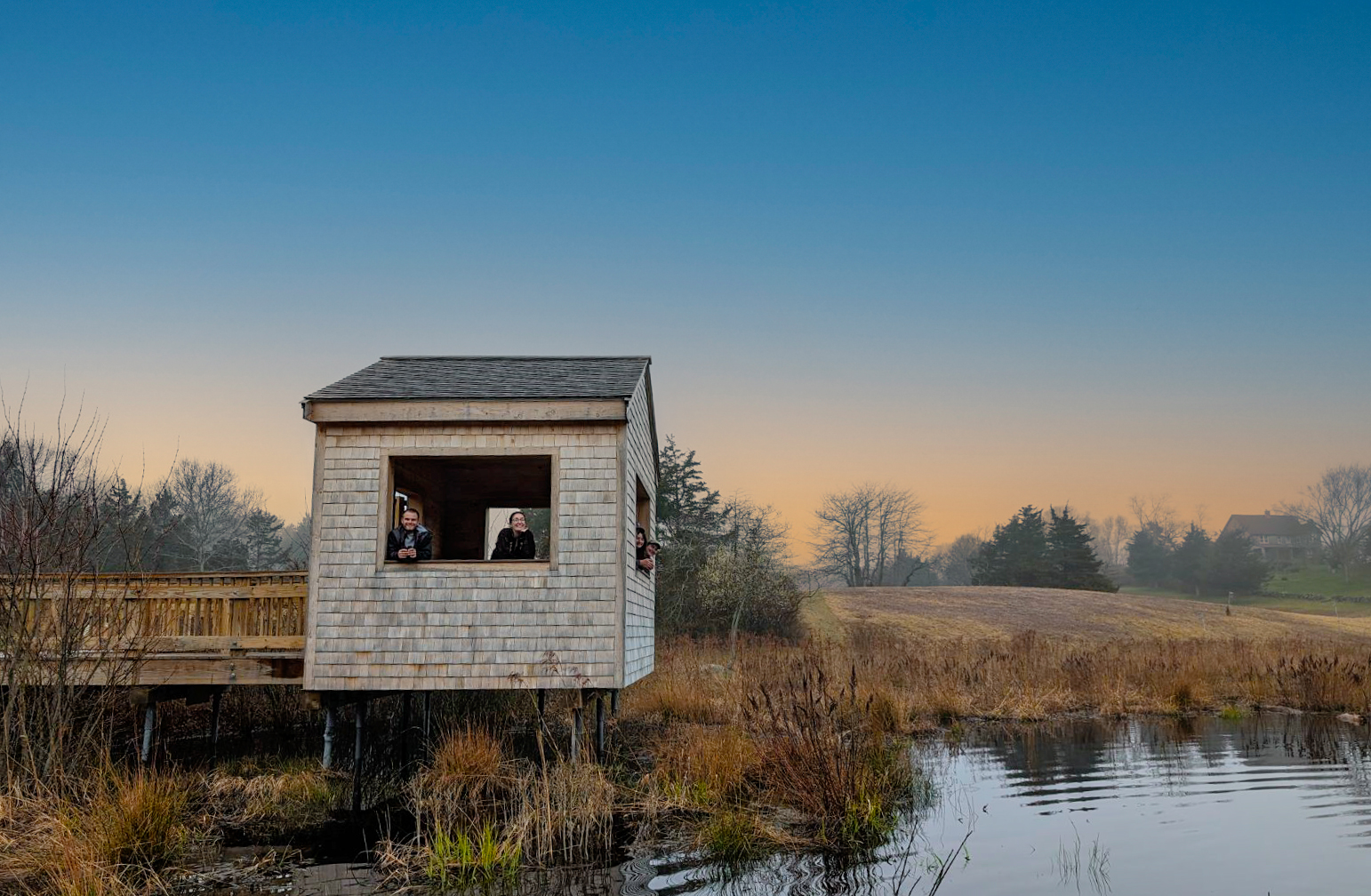By Assistant Director of Shorebird Habitat Management Monica Iglecia
By Assistant Director of Shorebird Habitat Management Monica Iglecia
What is innovation? And how can nonprofit organizations develop innovative solutions today that will move us towards a thriving tomorrow? This is what I, and the other 2014 Independent Sector’s American Express NGen (Next Generation) Fellows, set out to explore this past year.
Through an online survey of 1,000 organizations and in-person interviews with the Forbes Funds’ UpPrize winners, we sought to better understand the perception of innovation within the social sector. We used this information to provide a set of recommendations on how we might encourage innovation within our own organizations and across the sector as a whole.
Here are some tidbits that we learned:
1. Innovation can be cultivated. Small innovative practices, done routinely and systematically, can help foster a culture of innovation.
2. Some of the largest opportunities for innovative ideas happen on the ground. In many cases, the people executing programs and interacting with the people and habitats we work to serve are the ones best suited to identify the changes needed to be more effective towards our goal.
3. We think we are pretty innovative, which is great! However, survey respondents tended to think that they, and others similar to them, were the most innovative. This means we might be biased against reaching beyond our comfort zone to listen to new perspectives. Innovation can be accelerated by engaging with people and organizations that view and interact with the world differently.
Innovation in the Field: Takeaways from Conservation
Innovation can occur within the way an organization works, like a new and cost-efficient way to process grants. But innovation can also be externally-facing, disrupt the status quo, and fundamentally change the way we deliver social good.
For example, conservation biologists have suggested for years that to truly conserve a migratory species, we must work in all the places that the animal uses—taking into account its full life-cycle. This was not only a significant challenge to undertake, it required thinking beyond ourselves and the locations where we lived and worked. It involved collaboration across geopolitical borders. Today, this is a fundamental component to migratory bird conservation. It is simply not OK to work on a species’ wintering range without taking into account what might be happening on the breeding grounds. The science has fundamentally changed the way we do conservation business.
To delve a bit more into bird conservation, a field near and dear to my heart, recent innovations have been highlighted by non-traditional partnerships like collaborations between public agencies, private industry and large collaborative research efforts including many organizations working towards a common mission to accelerate our understanding of bird demographics and improve bird conservation efforts.
Innovation can include new tools, technologies, or practices to benefit the social good. For example, improvements in battery technology have changed the size of our cell phones (mobile phones did not used to fit in your pocket), but also allowed the creation of tiny tracking devices that can be worn by shorebirds like Semipalmated Sandpipers and Whimbrel to track their movements, allowing us to learn never-before-understood details about their migration (3,300 mile flights non-stop in six days!) and shed light on locations along the migratory route in need of conservation.
So, how did this exploration in the practice of innovation affect my work and our efforts at Manomet?
In the Habitats for Shorebirds Project within our Shorebird Recovery Program at Manomet, we use educational workshops to engage land managers and biologists in shorebird biology and conservation. We build upon that engagement to collaborate with interested individuals working in areas of importance to shorebirds (e.g. WHSRN Sites) and provide technical support to accelerate management of habitats to benefit this bird group.
My participation in this fellowship and research project has made me ask:
What else is possible? Who else can we work with? How can our challenges become our opportunities?
It has also helped me realize that I may not have all the answers, but I can change up my perspective every once in a while. By actively listening to not only our partners, but also those working well outside the field of conservation, I think we can identify those budding ideas. I believe they are out there, waiting to be cultivated, and have the capacity to unlock the next chapter in shorebird conservation.





 Back to all
Back to all